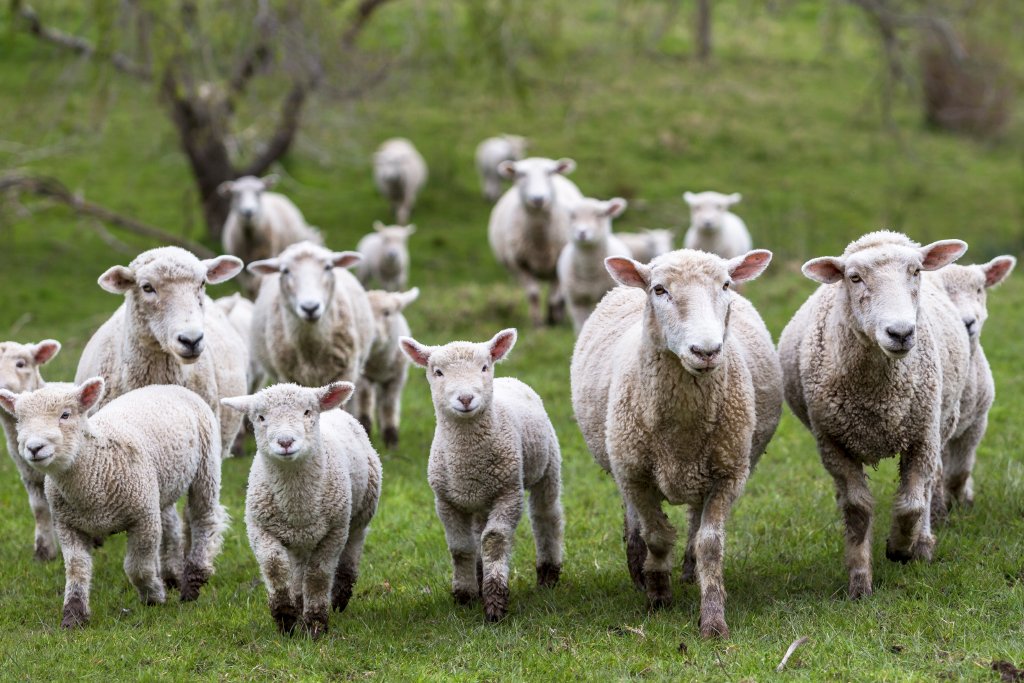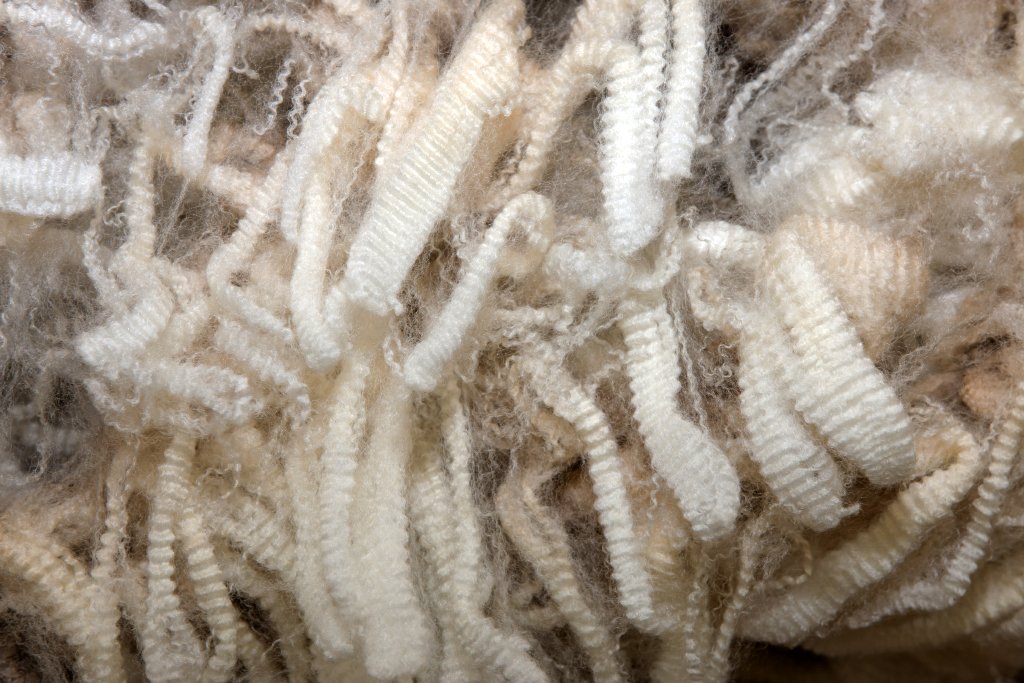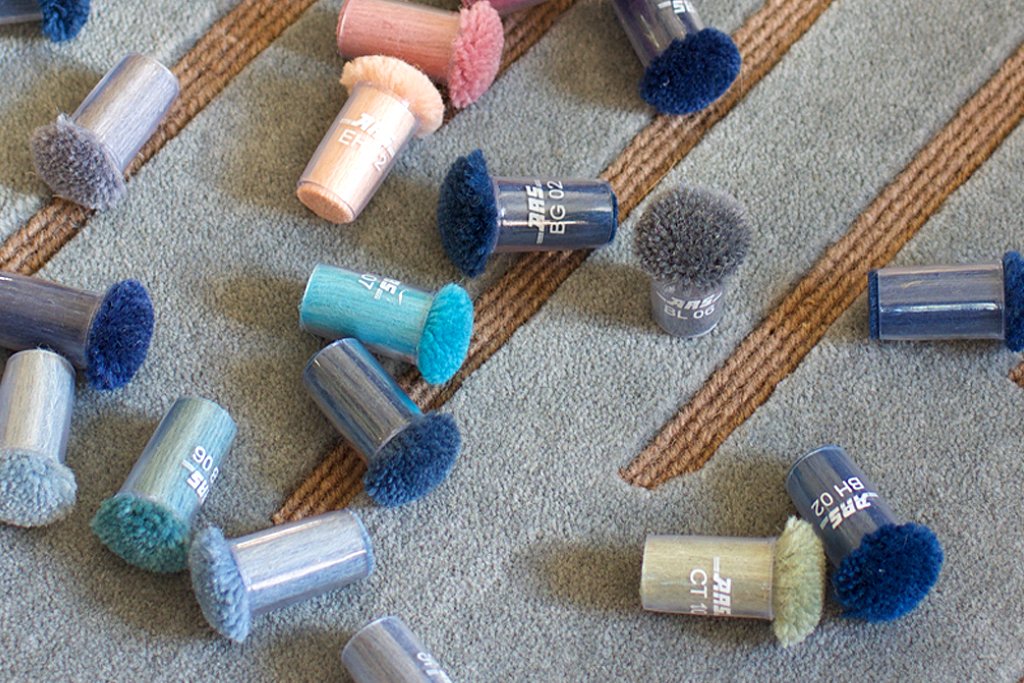Your Cart is Empty

Wool is an incredible product. It is unique, natural, renewable, biodegradable, sustainable and much more. Here’s 14 reasons why we consider wool to be one of the best fibres for rugs.
Wool is 100% natural. Wool is a protein fibre grown by sheep and has been admired for centuries for its’ unique properties. Science is yet to match the wonders of wool with any man-made alternative. Wool is increasingly seen by caring consumers as an ethical and sustainable lifestyle choice for interiors.

Wool is entirely renewable and sustainable. Every year sheep grow a new fleece, making wool a completely renewable resource. A number of initiatives – such as the Campaign for Wool and International Wool Textile Organisation (IWTO) - are encouraging collaborative engagement between woolgrowers and textile manufacturers, rug makers, fashion & interior designers and artisans from around the world, to ensure the wool industry remains environmentally responsible, sustainable, and commercially viable for future generations.
“Natural fibres biodegrade naturally in a relatively short period in warm, moist conditions. Therefore, they do not accumulate in soils the way plastic fibres do.” IWTO.
Wool biodegrades easily, unlike most synthetic fibres. As wool fibres break down, wool fibres release valuable nitrogen nutrients into the soil, making it a natural fertilizer. By comparison, synthetic fibres can take an extremely long time to degrade, and release unwanted chemicals during the process.
Recent research conducted by the wool industry (IWTO) shows that wool’s environmental footprint is low when it comes to the consumption of energy and water during the consumer use phase.
Wool is able to absorb and release moisture - wool is hygroscopic. As a room temperature cools, wool absorbs moisture from the air. During this absorption process, heat is generated and retained making wool a natural insulator. As the room temperature gets warmer, wool releases moisture from within its’ fibres as vapour, which has a cooling effect. This amazing ability to acclimatise to the room makes wool rugs suitable for all-seasons.
Wool has a crimped spring-like structure making it remarkably elastic. This flexibility also makes wool extremely durable with a natural resistance to abrasion, so it is perfect for rugs.

Each wool fibre can be bent back on itself more than 20,000 times without breaking. Compare this to about 3,000 times for cotton and 2,000 times for silk. The fibres can be stretched up to 50% when they are wet and 30% when dry, and still return to their original shape when tension is released.
Wool’s absorption properties mean that wool fibres absorb colour dyes richly and remain colourfast, without the use of chemicals. Wool also has a naturally high level of UV protection, which is much higher than most synthetics and cotton.

Wool is naturally flame resistant. With a higher ignition threshold than many other fibres, wool is difficult to ignite. In fact, wool is flame retardant up to 600ºC due to its high nitrogen content. Wool is also self-extinguishing because of its high Limiting Oxygen Index (LOI=25.2), which means that to burn wool an oxygen content of 25.2% is needed and normal air only has a 21% oxygen.
When wool comes into contact with flames or another burning surface, it does not melt, instead it chars, and then stops burning when removed from the fire source. Wool also produces less toxic fumes in fire situations than other household materials. These properties make wool rugs and carpets a logical choice for indoor environments.
Wool fibres have a naturally waxy surface which make them inherently resistant to staining.
Wool is also naturally anti-static, attracting less dust and dirt to its’ surface.Any dirt or dust tends to sit on the surface of the fibres, and can be easily vacuumed away.
Wool is hypoallergenic and naturally safe. Wools ability to absorb and release moisture creates a fluctuating micro-environment that makes it resistant to allergens such as dust mites, bacteria, mould and mildew.
Wool absorbs and ‘traps’ indoor air pollutants such as volatile organic carbons (VOCs) more rapidly than other fibres. It has been said that wool used in interiors can help purify the air for 30 years.
VOC absorption, combined with its flame resistant chemical structure, definitely makes wool the safety fibre of choice for interior design.
The fibrous structure of wool rugs, carpets and upholstery means that, unlike many other materials, wool products can reduce sound transmission and surface noise, providing natural acoustic benefits for your home.
“In 2010, HRH The Prince of Wales launched the Campaign for Wool with the purpose of renewing interest in and creating a greater awareness
of wool’s environmental credentials. Of equal importance to the Campaign is the preservation of sustainable practices on farms for the benefit of the rural community.” IWTO
The major woolgrowing countries namely Argentina, Australia, New Zealand, Norway, South Africa, United Kingdom, United States and Uruguay, all support the IWTO and Campaign for Wool and conform to the strictest standards of animal welfare as embodied in the IWTO Specifications for Wool Sheep Welfare.
View our Wool Rugs
References and further reading:
Campaign for Wool http://www.campaignforwool.org/
Claire Gaudion are among many proud supporters of the Campaign for Wool.
International Wool Textile Organisation (IWTO) represents the interests of the global wool trade. By facilitating research and development and maintaining textile industry standards, IWTO ensures a sustainable future for wool. www.iwto.org
Division American Sheep Industry Association, Inc. www.sheepusa.org
Wools of New Zealand http://www.woolsnz.com
The Woolmark Company, is the global authority on wool https://www.woolmark.com